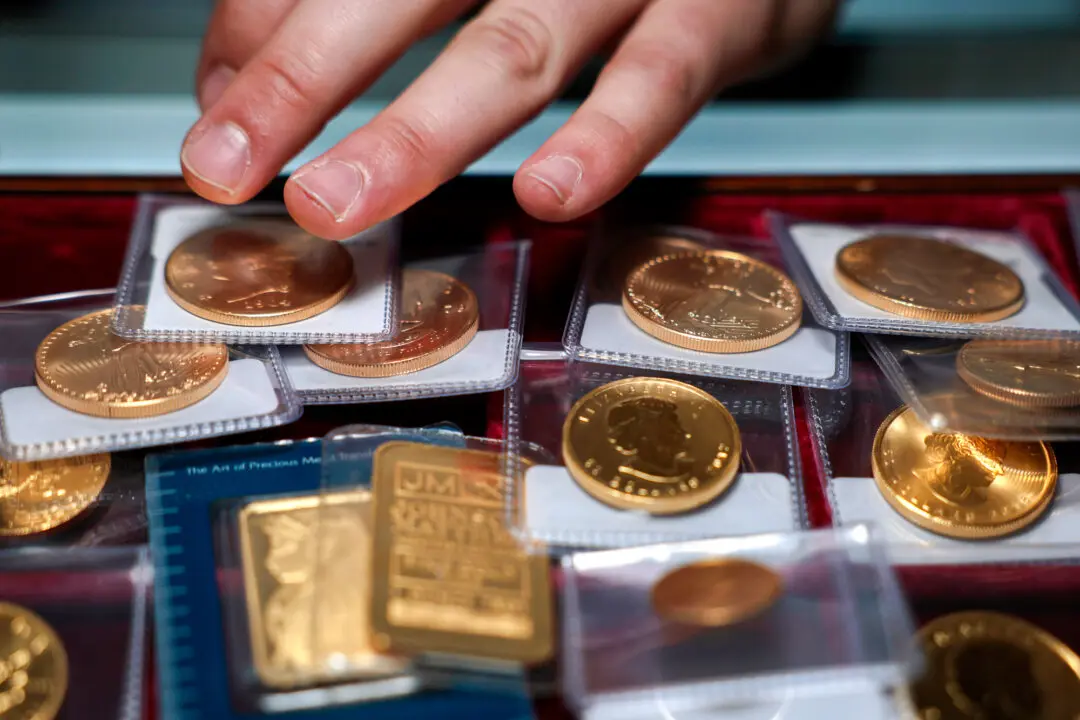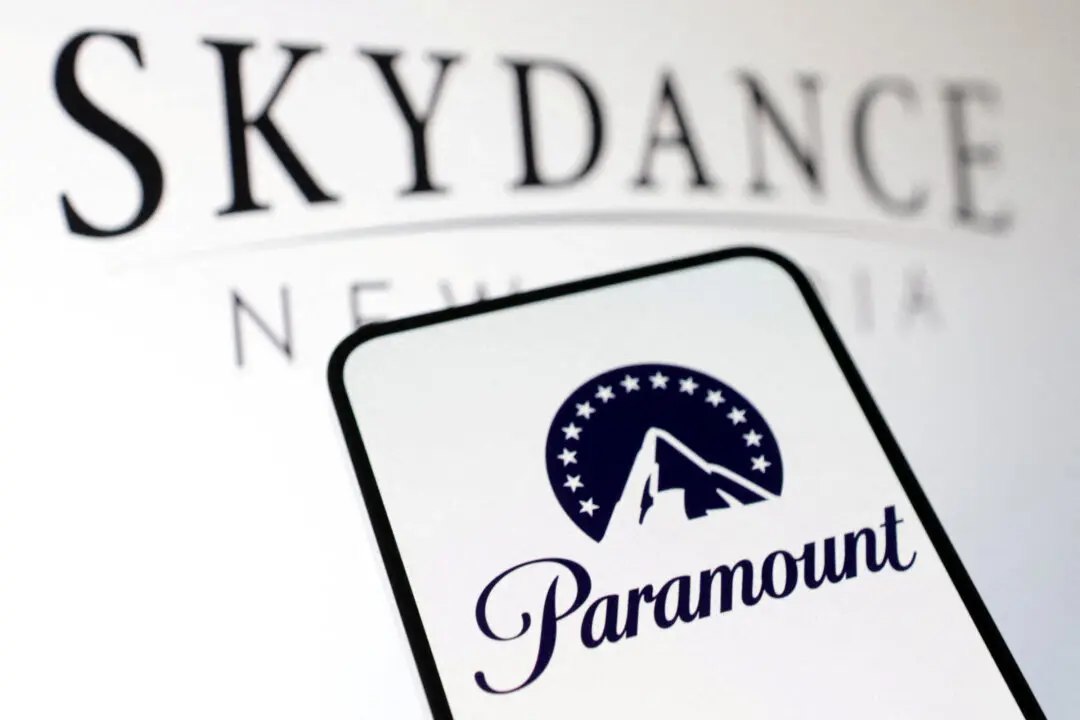The Federal Reserve’s preferred inflation gauge was mixed last month, higher energy and food prices. The latest inflation measurement comes as the central bank prepares for a much-anticipated policy meeting next week.
The personal consumption expenditure (PCE) price index eased to 2.5 percent in June, down from 2.6 percent in May, according to the Bureau of Economic Analysis (BEA). This was in line with the consensus estimate.





